What are PROTACs in drug discovery?
In the ever-evolving landscape of drug discovery, scientists and researchers are continually seeking innovative approaches to develop more effective and targeted therapies. One such groundbreaking technology making waves in the field is PROTACs, or Proteolysis-Targeting Chimeras.
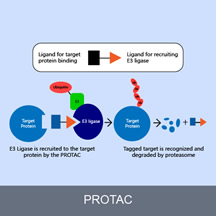
1. The Essence of PROTACs:
1.1 Proteolysis-Targeting Chimeras Defined:
1.2 Dual-Targeting Architecture:
2. Mechanism of Action:
2.1 Engaging the Ubiquitin-Proteasome System:
Once the PROTAC binds to both the target protein and the E3 ligase, it facilitates the transfer of ubiquitin molecules to the target protein. This ubiquitination signals the protein for degradation by the proteasome, a cellular recycling system.
2.2 Selective Protein Degradation:
3. Advantages Over Inhibition:
3.1 Complete Removal of Target Proteins:
3.2 Potential for Broader Therapeutic Targets:
Explore more:How much hydroxyethylcellulose to use?What is pigment powder and how is it used?Ethylene Glycol Diacetate: Properties, Applications, and Safety ConsiderationsThe Versatility and Convenience of Spray Adhesive: A Sticky Solution for Various ApplicationsHydroxyethyl Methyl Cellulose: A Versatile Polymer with Wide-ranging ApplicationsSulfonyl Halides: Versatile Compounds in Organic Chemistry1-Chlorooctane: A Prominent Alkyl Halide in Organic Synthesis4. Applications in Drug Discovery:
4.1 Oncology:
PROTACs have shown promise in oncology by targeting specific proteins implicated in cancer development and progression. This includes proteins involved in signaling pathways, transcription factors, and other cancer-related targets.
4.2 Neurodegenerative Diseases:
In neurodegenerative diseases, where abnormal protein aggregation is a hallmark, PROTACs offer a novel strategy to degrade disease-associated proteins, potentially slowing or halting disease progression.
4.3 Immunology and Inflammation:
5. Challenges and Future Directions:
5.1 Delivery and Pharmacokinetics:
5.2 Optimizing Efficacy and Specificity:
PROTACs represent a revolutionary approach in drug discovery, offering a paradigm shift from traditional inhibition strategies. Their ability to selectively and completely degrade target proteins opens new possibilities for treating diseases with previously limited therapeutic options. While challenges remain, ongoing research and advancements in PROTAC technology hold the promise of unlocking innovative therapies for a wide range of medical conditions. As scientists delve deeper into the intricacies of PROTACs, the potential to reshape the landscape of medicine and improve patient outcomes becomes increasingly evident.
Explore more:Understanding Refrigerant Gases: Types, Properties, and ApplicationsCan Water Resistant White Powder MHEC Revolutionize Construction Materials?HPMC for Wall Putty: Enhancing Performance and DurabilityDaily Chemical Detergent Grade HPMC Cellulose: Enhancing Performance and SustainabilityWhat is lithium aluminium deuteride?Production Process of Methyl AcetatePraziquantel USP: The Effective Antiparasitic Agent




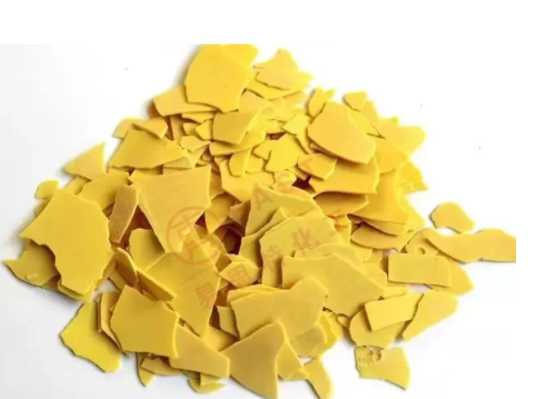
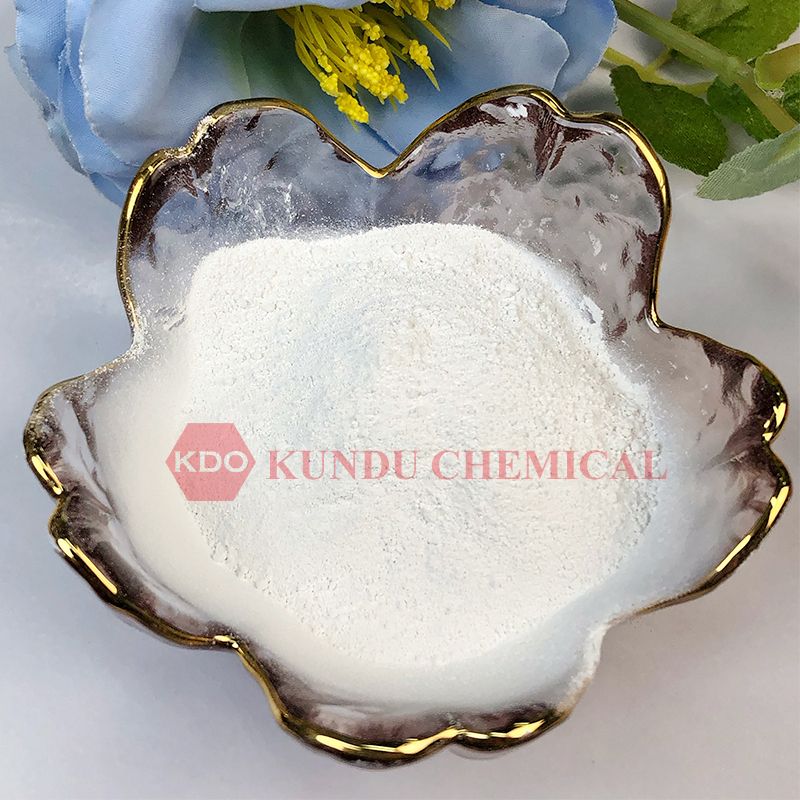
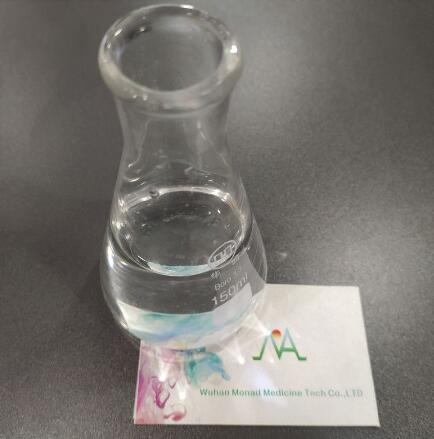

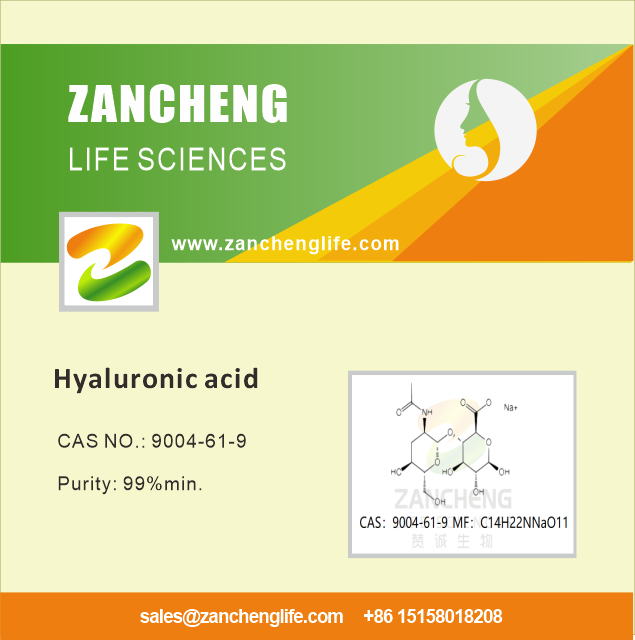
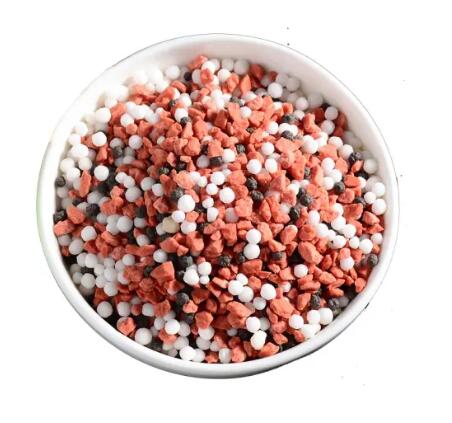
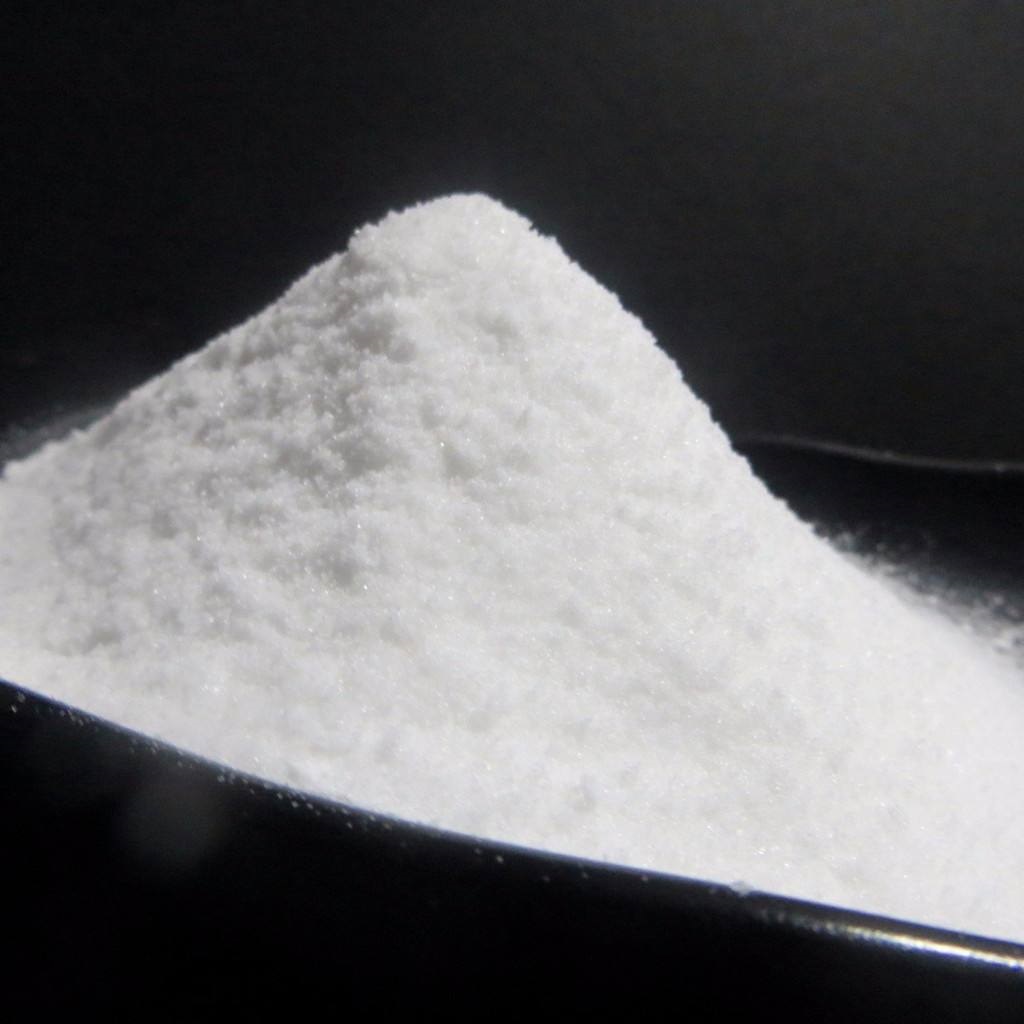
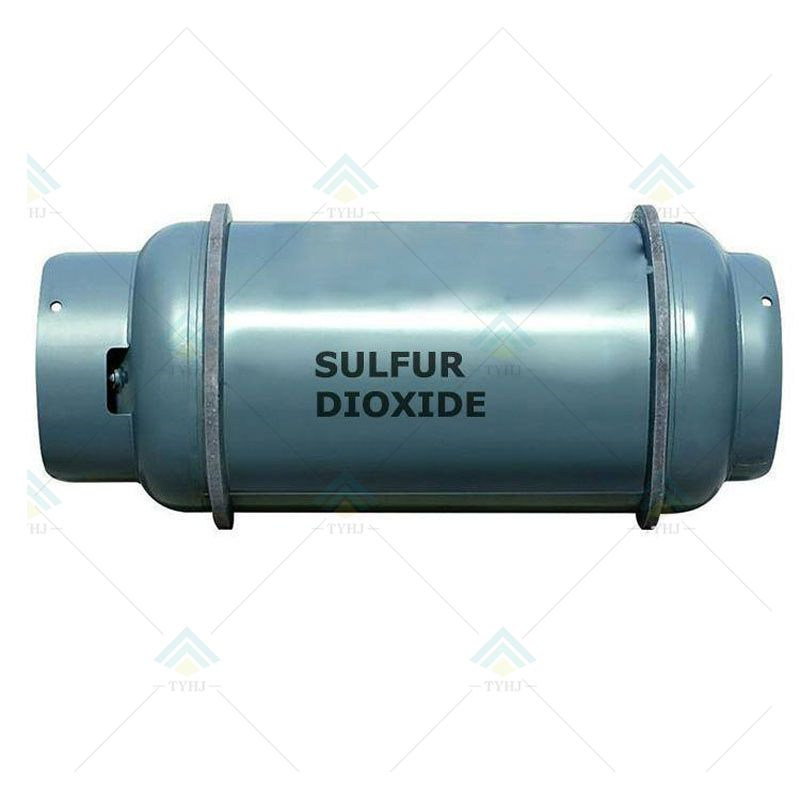
Comments
Please Join Us to post.
0